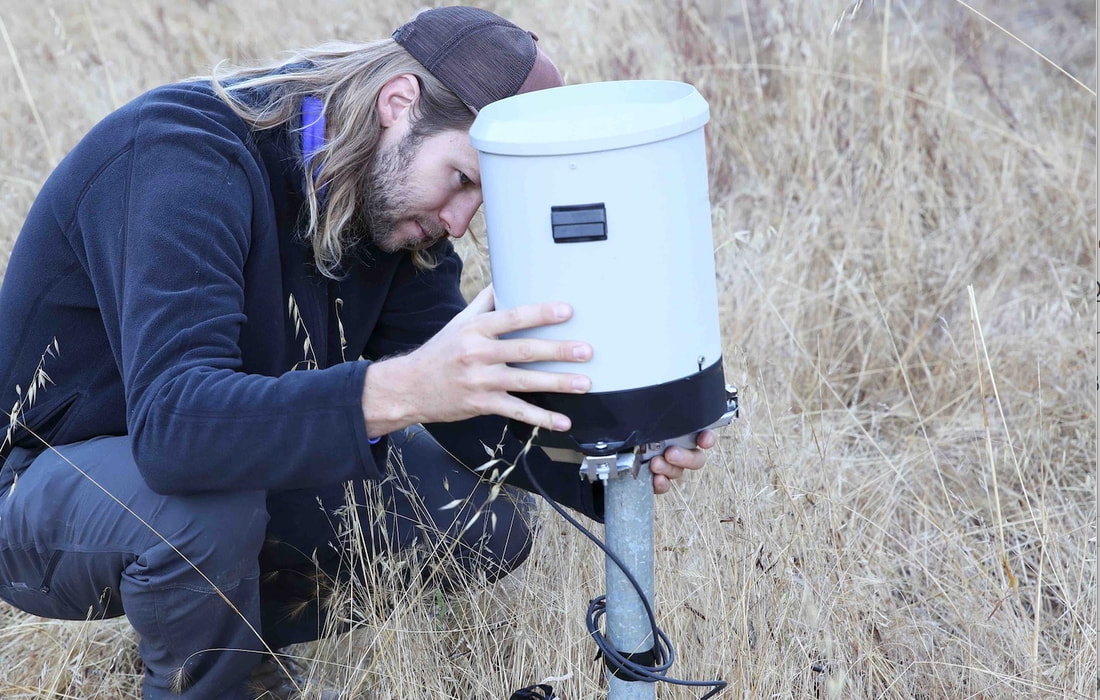Trying to understand the coupled water and carbon cycles through hydrology-tinted glasses by asking how plants both mediate and respond to hydrologic processes.
What are your undergraduate and graduate degrees in?
I got a BA in philosophy from McGill University, MSc in Geology from the University of Wyoming, and PhD in Earth and Planetary Science from the University of California, Berkeley.
How did you arrive at working in/thinking about ecohydrology?
I was very fortunate to be able to pursue my graduate studies with one foot in a geoscience department and the other in an integrated biology department. I also benefitted immensely from being able to work at two different Critical Zone Observatories (the Southern Sierra and the Eel), where field work was being pursued by teams of hydrologists and plant ecophysiologists working together to try to understand the critical zone. I specifically got hooked on ecohydrology when my PhD advisor confronted me with a landscape-scale puzzle: why, in an area of similar climate, did two very different plant communities exist side by side? There was a clue that geology seemed to be important, but it took a lot of digging to understand how rock type was controlling plant water availability in soil and bedrock.
What do you see as an important emerging area of ecohydrology?
Although we’ve known for decades that plants can use water from bedrock, it’s now becoming clear that this phenomenon is widespread and essential for understanding plant community distribution and sensitivity to drought. A big outstanding knowledge gap is our ability to predict how bedrock water storage capacity varies across landscapes, and why. I’m excited to see the next generation of ecohydrologists combining field datasets with remote sensing and working with geomorphologists and geochemists to advance theories to explain how the subsurface critical zone evolves over million-year timescales.
Do you have a favorite ecohydrology paper? Describe/explain.
I find myself returning time and again to Scholander and colleagues’ 1965 paper in Science that introduced the now widely used pressure chamber technique for measuring plant water potential (‘Sap Pressure in Vascular Plants’). The ability to measure the tension of the water column inside plants—and relate it to their environment—continues to amaze me. Furthermore, Scholander wrote in an engaging, almost casual style that Is nevertheless precise and credible…I wish I could write like that
What do you do for fun (apart from ecohydrology)?
Hiking and mountain biking with family and friends (human and canine), gardening, and house renovations.

 RSS Feed
RSS Feed